Crawler directives are instructions that tell search engine bots (also called crawlers or spiders) how to explore and index your website. They work like road signs for search engines, showing which pages to visit, which to skip, and how to handle links. These instructions are usually given through a robots.txt file, HTML meta robots tags, or HTTP X-Robots-Tag headers.
When used correctly, crawler directives help search engines focus on your most valuable pages, avoid wasting time on unnecessary ones, and prevent duplicate content from clogging up the index. When used incorrectly, they can accidentally block important content.
In this article, we’ll explain each type of crawler directive, show you how to write them, and describe how they affect crawl budget, indexing, and duplicate content. We’ll also share best practices-like combining directives safely, using testing tools, and managing large sites-so you can build a site that’s easy for search engines to navigate.
Understanding Search Crawling and Crawler Directives
Search engines use automated crawlers to find and analyze web pages. These crawlers move from link to link, scanning the content of each page. After visiting a page, the search engine decides whether to add it to its index (database) or skip it.
Crawler directives are signals you send to guide this process. For example, you might block crawlers from visiting an internal search results page or stop them from indexing certain images.
There are three main ways to give crawler directives:
- Robots.txt file: A simple text file placed at the root of your website that tells crawlers which parts of the site they can or cannot visit.
- Meta robots tag :An HTML tag in the
- X-Robots-Tag HTTP header: A server-side setting that applies crawler rules to non-HTML files (like PDFs, images, or videos) or entire sections of the site.
These tools let you fine-tune how search engines interact with your website. In the sections below, we’ll look at each in detail-explaining what they are, how they work, and common mistakes to avoid.
Read more: Google E-E-A-T Content Quality Checklist For Higher Rankings
Types of Crawler Directives and How to Use Them
1. Robots.txt File (Site-Level Directives)
A robots.txt file is placed at the root of your site (e.g., https://www.example.com/robots.txt). It gives crawlers instructions before they start exploring your site. This is often used to block sections of a website that don’t need to be crawled, like admin areas or endless product filter pages.
Example syntax:
User-agent:
Disallow: /private/
Allow: /public/
Sitemap: https://www.example.com/sitemap.xml
- User-agent: Names the bot (e.g., Googlebot) or * for all bots.
- Disallow: Blocks crawlers from certain paths.
- Allow: Makes exceptions to a block.
- Sitemap: Points crawlers to your sitemap.
Common uses:
- Block admin or internal pages.
- Prevent crawlers from wasting resources on filter or search URLs.
- Avoid indexing heavy files like test scripts or unused images.
Pitfalls to avoid:
- robots.txt doesn’t guarantee a page stays out of search results. If other sites link to the blocked page, it can still appear without a description.
- Syntax errors can block important content. Always test your file in Google Search Console.
- The file is public-don’t include sensitive information.
2.Meta Robots Tag (Page-Level Directives)
The meta robots tag is placed in the <head> of an HTML page to control indexing and link-following.
Example syntax:
<meta name=”robots” content=”noindex, nofollow”>
- index / noindex: Controls if the page should be in search results.
- follow / nofollow: Controls if link equity passes through the page’s links.
- Other options like nosnippet and noarchive adjust how search results are displayed.
Common uses:
- Mark thank-you or login pages as noindex so they don’t appear in search.
- Add nofollow to prevent passing link value to certain pages.
- Use noindex, follow on duplicate pages so Google still crawls links but doesn’t index the page.
Pitfalls to avoid:
- The page must be crawlable for the tag to be seen-if blocked in robots.txt, Google won’t see the tag.
- Defaults are index, follow if no tag is set.
3.X-Robots-Tag HTTP Header
The X-Robots-Tag works like the meta robots tag but is sent as part of the HTTP response. This is especially useful for non-HTML files or when you can’t edit the HTML.
Example:
<FilesMatch “\.pdf$”>
Header set X-Robots-Tag “noindex, nofollow”
</FilesMatch>
Common uses:
- Block PDFs, images, or videos from being indexed.
- Apply indexing rules to an entire subdomain or directory at the server level.
Pitfalls to avoid:
- Misconfiguration can prevent rules from applying.
- Conflicts can happen if the same page also has a meta robots tag with different rules.
How Crawler Directives Impact SEO
Crawler directives play a critical role in SEO by shaping how search engines crawl and index your site. The right directives can improve crawl efficiency, control what content appears in search, and manage duplicate content. Conversely, improper use can waste crawl budget or accidentally remove important pages from index. Here are key effects on SEO:
- Crawl Budget: Every site has a crawl budget, the number of pages a search engine will crawl in a given time. On large sites, a well-crafted robots.txt can prevent bots from wasting time on low-value pages (such as redundant filter URLs or admin pages), leaving more budget for important content. For example, a busy e-commerce site should block faceted navigation in robots.txt to avoid “crawling through millions of parameterized URLs,” which otherwise leads to crawl budget issues and index bloat.
Note: A meta no index does not save crawl budget, because Google still needs to fetch the page to see the tag. Only robots.txt (or returning errors like 404/410) stops the crawl before content download. - Indexation Control: Meta robots tags and X-Robots-Tag headers directly tell search engines what to include in the index. A no index directive reliably keeps a page out of search results (once Google re-crawls it). In contrast, blocking a page in robots.txt only stops crawling – the URL may still appear in results without a description if linked externally. In other words, robots.txt is for crawl control, whereas meta robots and X-Robots tags control indexing. Use them together: e.g., allow crawl (robots.txt) and then no index if you want search engines to see a page but not index it.
- Duplicate Content Management: Crawler directives help manage duplicate or near-duplicate pages. For instance, setting a canonical tag tells Google which version of similar content to treat as primary. A robust SEO strategy uses a rel=canonical link on duplicate pages to signal the preferred URL. Alternatively, you might use a no index tag on subsidiary pages (such as tracking or printer-friendly versions) so only one version is indexed.
- Interplay with Canonical: It’s important to coordinate canonical tags with robots/meta directives. Google has clarified that a no index tag overrides a canonical. In other words, if a page is set to no index, Google may ignore its canonical hint. In practice, Google now advises choosing one method: either canonicalize a duplicate or no index it, but not both on the same page. For example, if you canonicalize a page yet also no index it, Google “might or might not be picked up”. The key SEO takeaway is to avoid sending mixed signals.
- Content Discovery and Snippets: Beyond crawl and index flags, meta tags can affect how snippets appear. For example, a nosnippet directive prevents Google from displaying any text snippet for the page. Similarly, noimageindex stops images on the page from being indexed. These options can fine-tune what users see in search, although they are used infrequently.
- Quick recap of SEO effects: Use robots.txt to steer crawler traffic and protect low-value URLs, and use meta robots/X-Robots-Tag to control indexing and content visibility. Together with proper canonicalization, these tools help prevent duplicate content issues and ensure search engines focus on your site’s best pages.
Learn more: Top Duplicate Content Check Tool For Your Website
Advanced Best Practices for Crawler Directives
Combining crawler directives requires care, especially on large or complex sites. Here are some advanced tips and best practices:
- Use Directives Complementarily: Treat robots.txt as a guide for where crawlers can go, and use meta robots for what you actually want indexed. Avoid contradictory rules – e.g., don’t both block a page in robots.txt and expect a meta tag to control it, because bots won’t see the meta. Google specifically cautions that “combining multiple crawling and indexing rules might cause some rules to counteract others”. When in doubt, test: ensure that a page marked no index is still allowed to be crawled.
- Test with SEO Tools: Use Google Search Console’s robots.txt Tester and URL Inspection tool to validate your directives. These tools simulate Googlebot: the robots.txt tester shows which URLs are blocked by your file, and URL Inspection can confirm whether a page is indexable or blocked. Third-party crawlers like Screaming Frog or Sitebulb are also invaluable for auditing directives site-wide. They can crawl your site as a bot would and report on robots.txt disallows or no index tags discovered.
- Plan for Large Sites: On big sites, automate management of directives. For instance, a news site might update its robots.txt daily to account for new sections, or a retailer might programmatically insert meta tags via templates. Use wildcards and patterns judiciously (e.g. Disallow: /*?sort= to block sorting parameters) to scale rules. Always keep your sitemap up-to-date, and include only URLs you want crawled and indexed; search engines will use the sitemap as a hint to discover pages more efficiently.
Real-World Tips:
- Faceted Navigation: If you have faceted or filtered navigation (common in e-commerce), consider blocking parameter URLs in robots.txt and canonicalizing them to main category pages. This prevents endless crawl loops.
- Subdomain Strategy: If parts of your site use different technologies (e.g. blog.example.com, shop.example.com), you can have separate robots.txt rules per host.
- Monitor and Iterate: Check crawl stats (Google Search Console, server logs) regularly. If you see Google spending a lot of time on unimportant URLs, tighten your directives. Conversely, if important pages aren’t getting indexed, review if they’re accidentally disallowed or missing crucial tags.
Tool Tip: Google Search Console provides a Robots.txt Tester (under Settings > Crawl stats) and a URL Inspection report. Use these to confirm that your directives are working as intended. Screaming Frog’s SEO Spider can also simulate Googlebot and highlight any blocked URLs on a crawl.
Read more : How to Use the Google Search Console Links Report
Conclusion
Crawler directives such as robots.txt, meta robots tags, and X-Robots-Tag headers are important tools for controlling how search engines crawl and index your site. When used correctly, they help Googlebot focus on your most valuable content and keep unwanted pages like private documents, duplicate versions, or admin areas out of the index.
However, incorrect use can lead to major SEO problems, like blocking important pages or wasting crawl budget. It is important to use each directive for its specific purpose. Use robots.txt for site-wide crawl rules, meta and X-Robots-Tag for page-level indexing control, and canonical tags to manage duplicate content.
Make it a habit to audit your site using technical SEO tools. If needed, get help from a trusted SEO service to make sure your website’s crawl settings support your goals. In short, understanding crawler directives is essential for building a clean, SEO-friendly site that ranks well and performs efficiently in search engines.














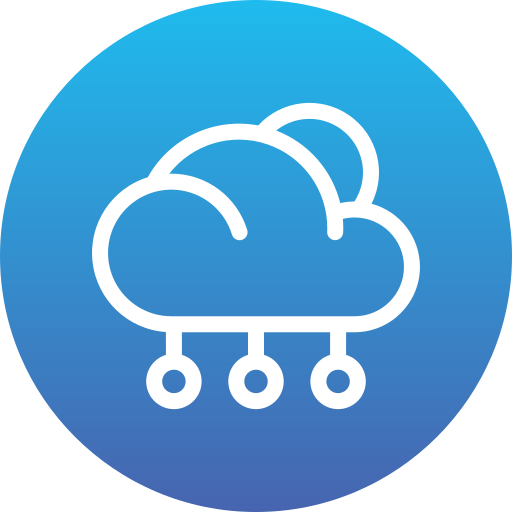




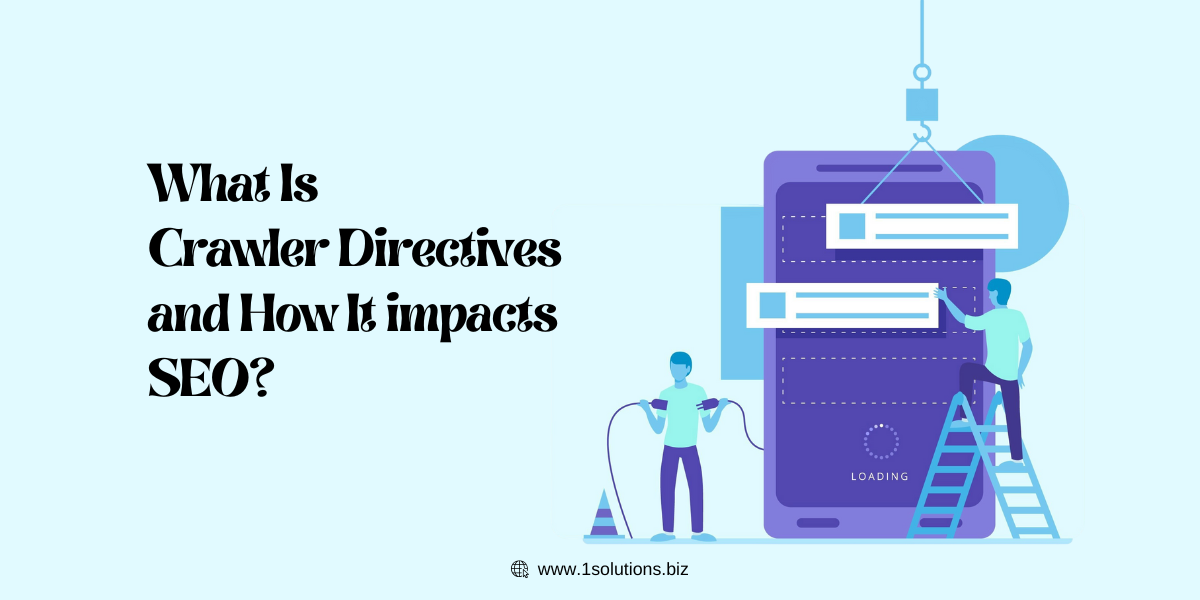
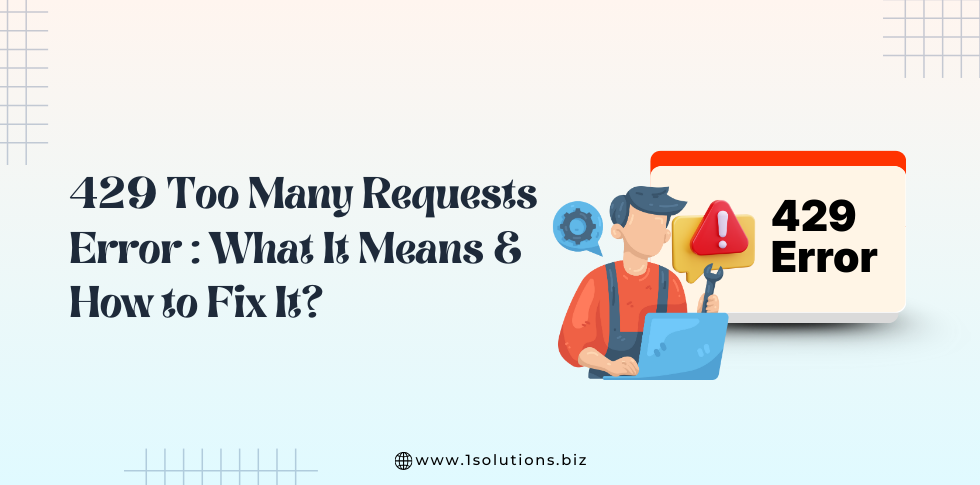
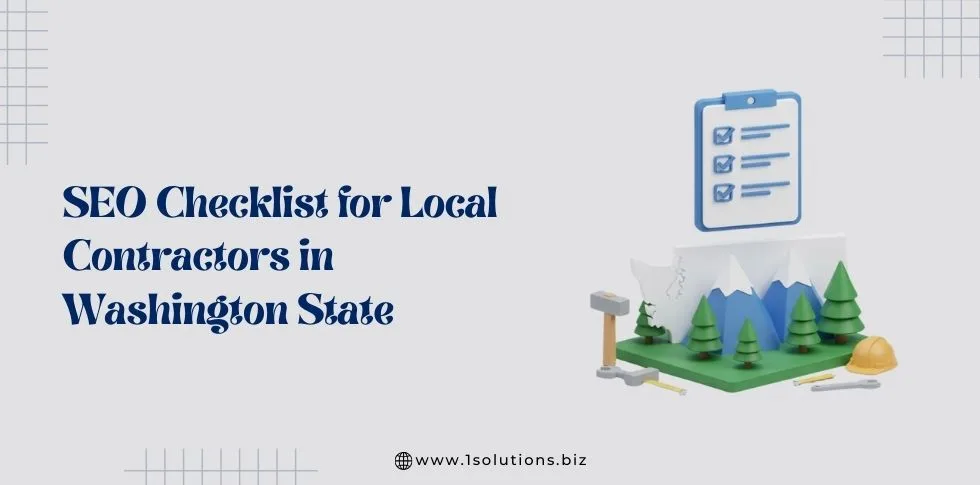
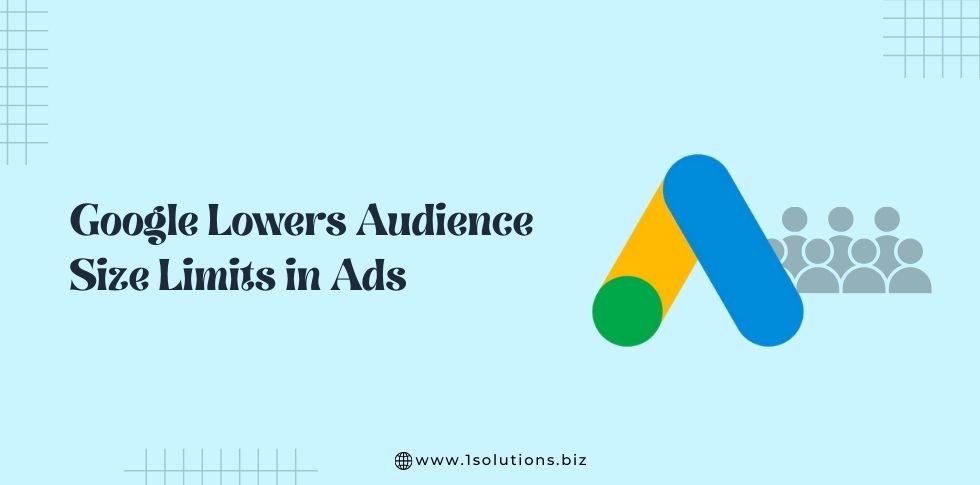

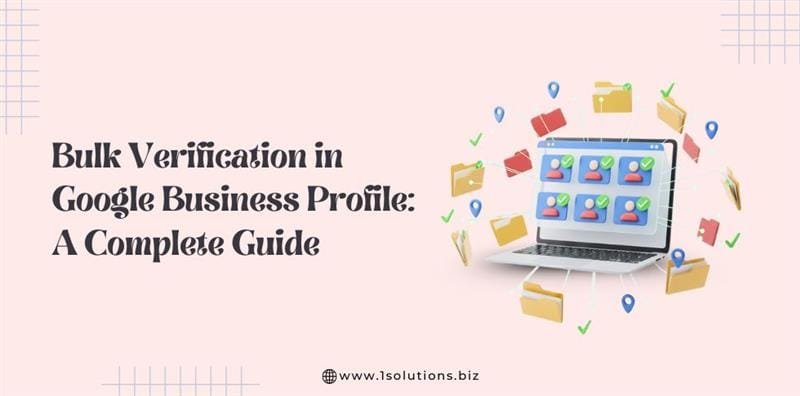
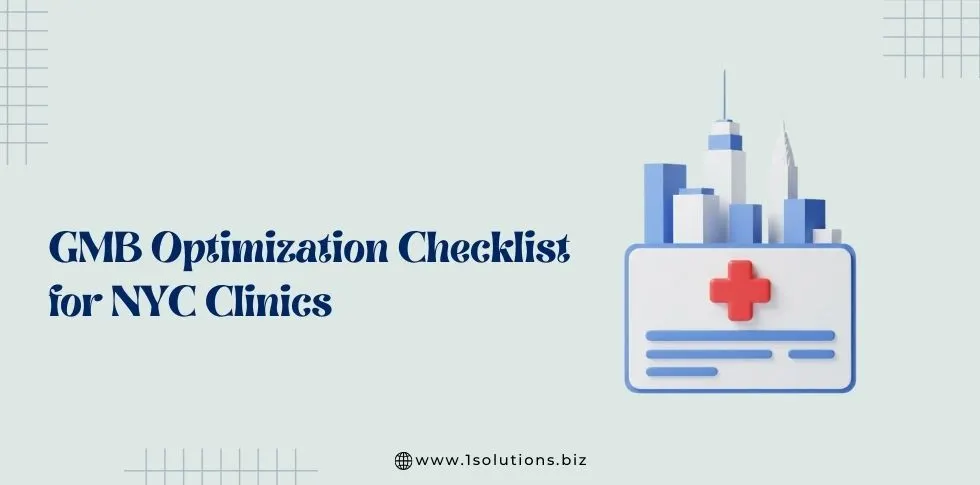






 in India
in India